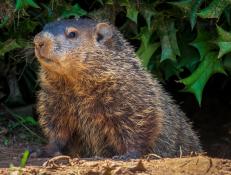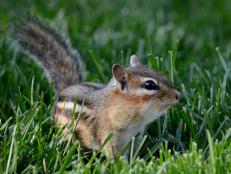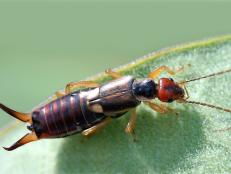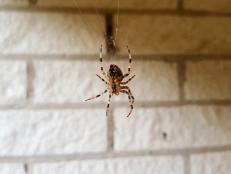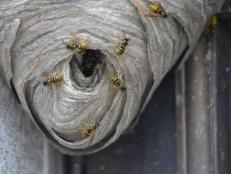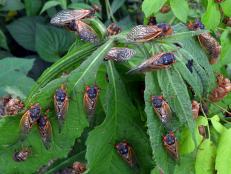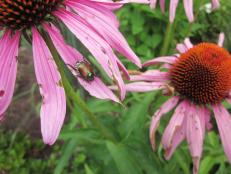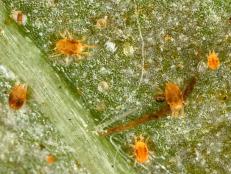Landscape Pest: Bagworm

The bagworm is a sometimes serious pest of many conifers. In the spring, the larvae emerge from their winter home, a bag that's usually decorated with the needles or leaves of their plant host. They immediately disperse and start making their own bags, all the while foraging on the foliage of the plant.
In late summer the adult males, which are moths, emerge to mate. The adult females lay up to 1,000 eggs in the fall, and the cycle begins again. There's usually one generation of bagworms per year.
Bagworms are usually found on junipers, arborvitae, spruce, cedars and other conifers, but they also sometimes appear on deciduous trees and shrubs. If the infestation is serious enough, a group of bagworms can do substantial damage to a shrub. The best control is to simply pick off the bags in fall or winter and destroy them.
Parasitic wasps are the chief predator of bagworms, so maintaining a pesticide-free garden can allow natural controls to develop.







